Submitted by WA Contents
"All projects need to be considered in multiple ways" says Kathryn Gustafson
Czech Republic Architecture News - Jun 22, 2017 - 14:15 19118 views
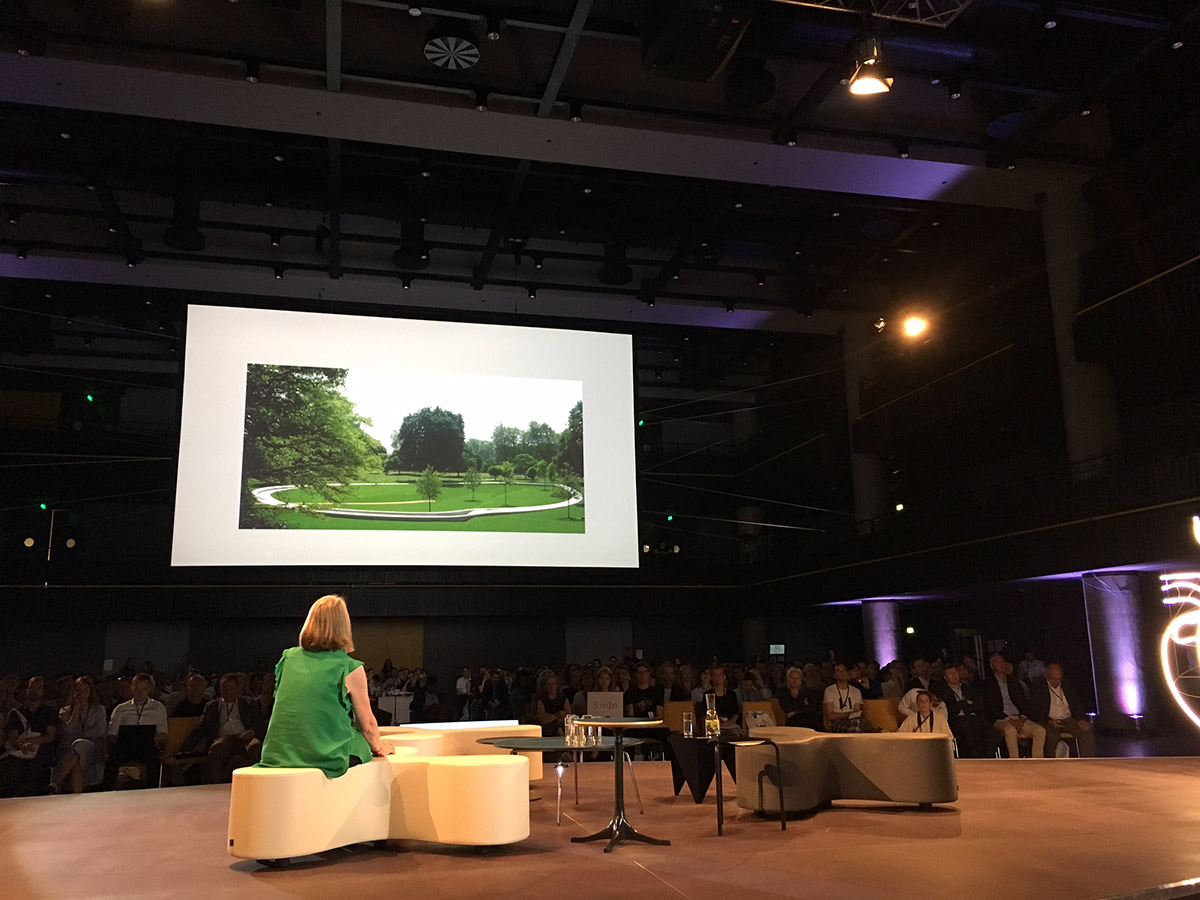
reSITE 2017 has started today with a particular theme "In/visible City" exploring different parameters of infrastructure for many city players. One of first sessions of the reSITE has focused on the designing of a sustainable landscape in a wider scale, which has been presented by Kathryn Gustafson, founder of Gustafson & Portman.
Seattle and London-based studio Gustafson Porter + Bowman is an award-winning landscape architecture practice which has received public acclaim for creating authentically engaging spaces within a global portfolio.
The acclaimed studio is a well-known studio with its global landscape projects including the National Museum of African American History and Culture (NMAAHC), in Washington, DC - designed by David Adjaye - as well as the Diana, Princess of Wales Memorial Fountain, Cultuurpark Westergasfabriek in Amsterdam, Seattle City Hall Plaza, the Robert and Arlene Kogod Courtyard at the Smithsonian American Art Museum.
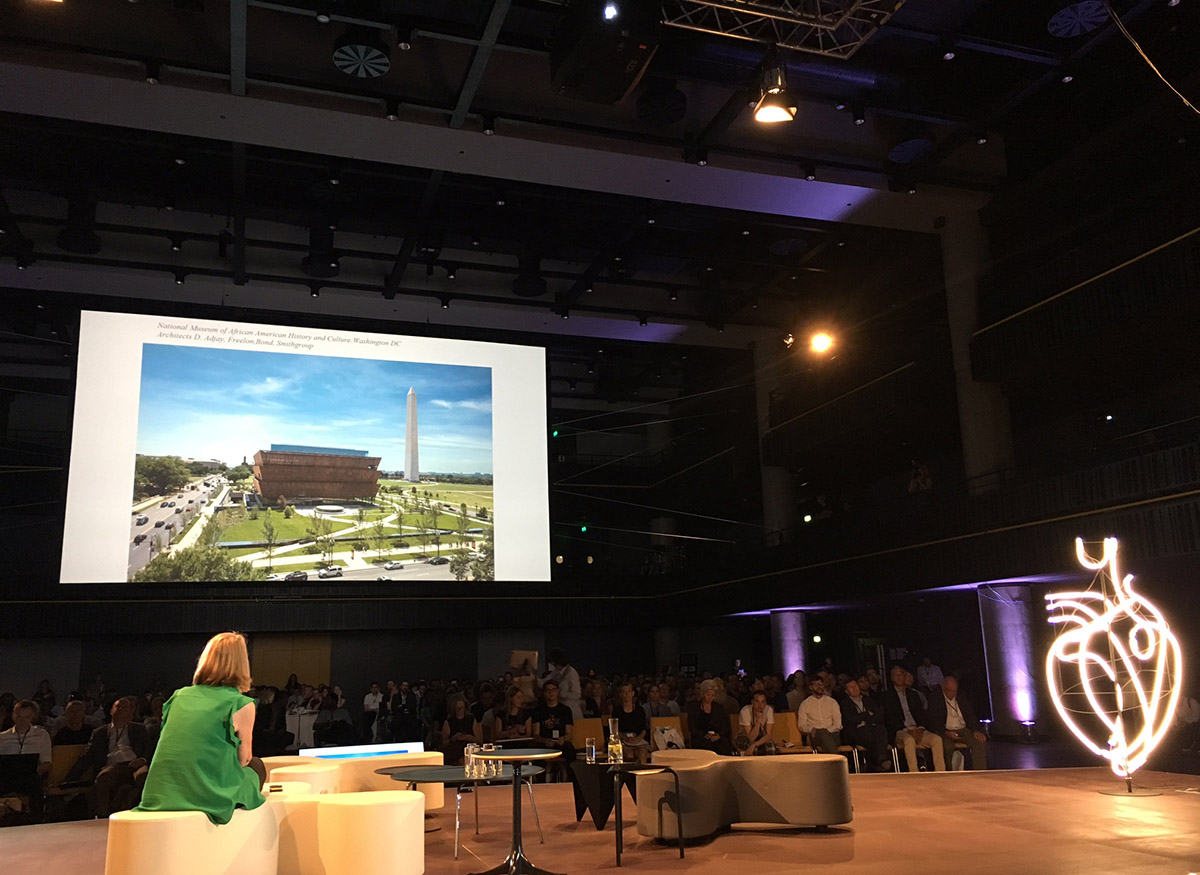
Throughout the session, Kathryn Gustafson has presented her studio's projects in the infrastructural context and she explained how she rethought the existing infrastructural elements and new uses as related to architectural design in the new projects.
The session has continued with a series of short lectures presented by Gabriel Ahlfeldt - Associate Professor, London School of Economics and Political Science, London, Michael Flynn - Global Financial Advisory Public Sector Leader, Infrastructure and Capital Projects Leader, Deloitte, Dublin, IR, Rui Ramos-Pinto Coelho Executive Director, Invest Lisboa, Lisbon, moderated by Nikita Poljakov Deputy Editor-in-Chief, Hospodářské Noviny, Prague.
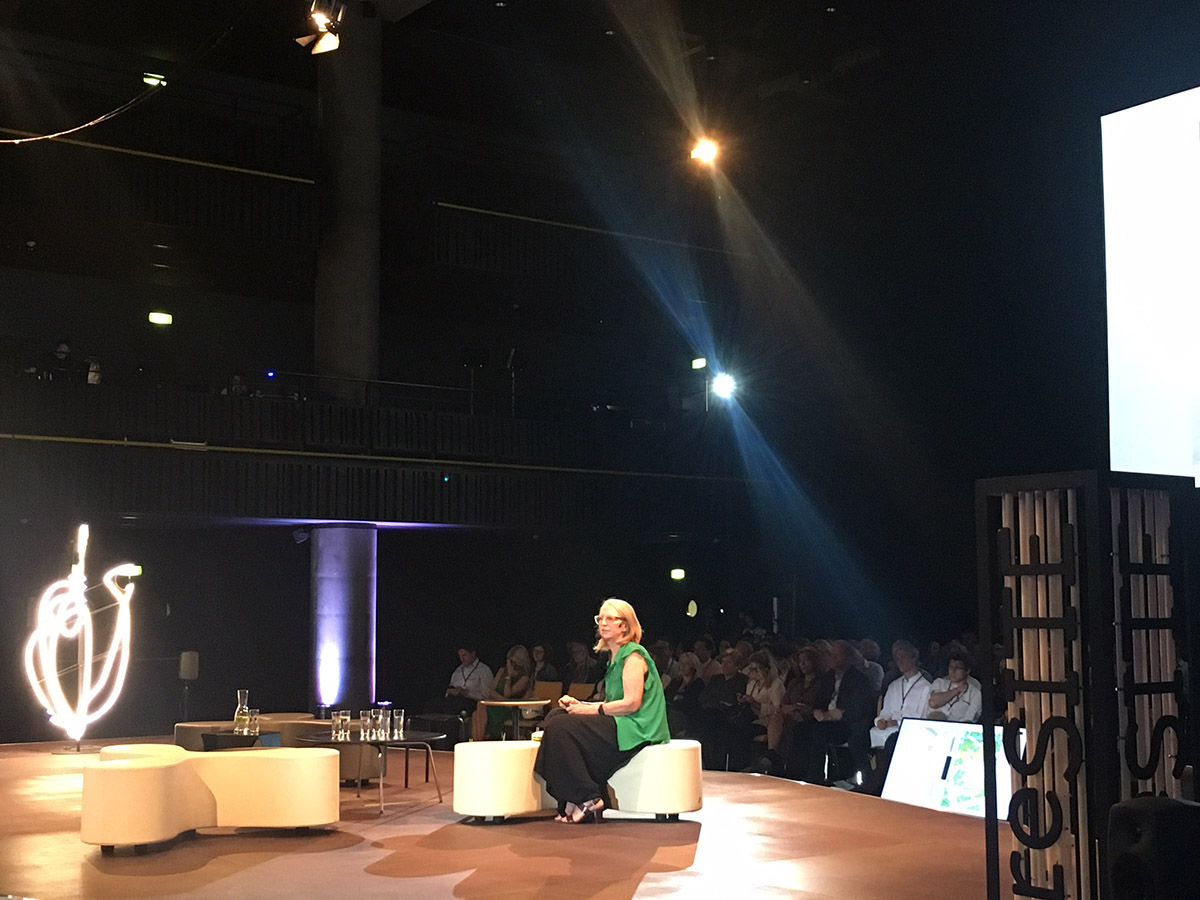
Discussed under the theme of "Infrastructure as Catalyst of Urban Development – Public Investments to Spur Private Drive", the session has basically discussed public-private initiatives for cities to a better management system, marketing strategy in the cities, the impacts of design of public transportation, the general problems of cities, the adaptation of long-term solutions for many cities and the managing of density problem.
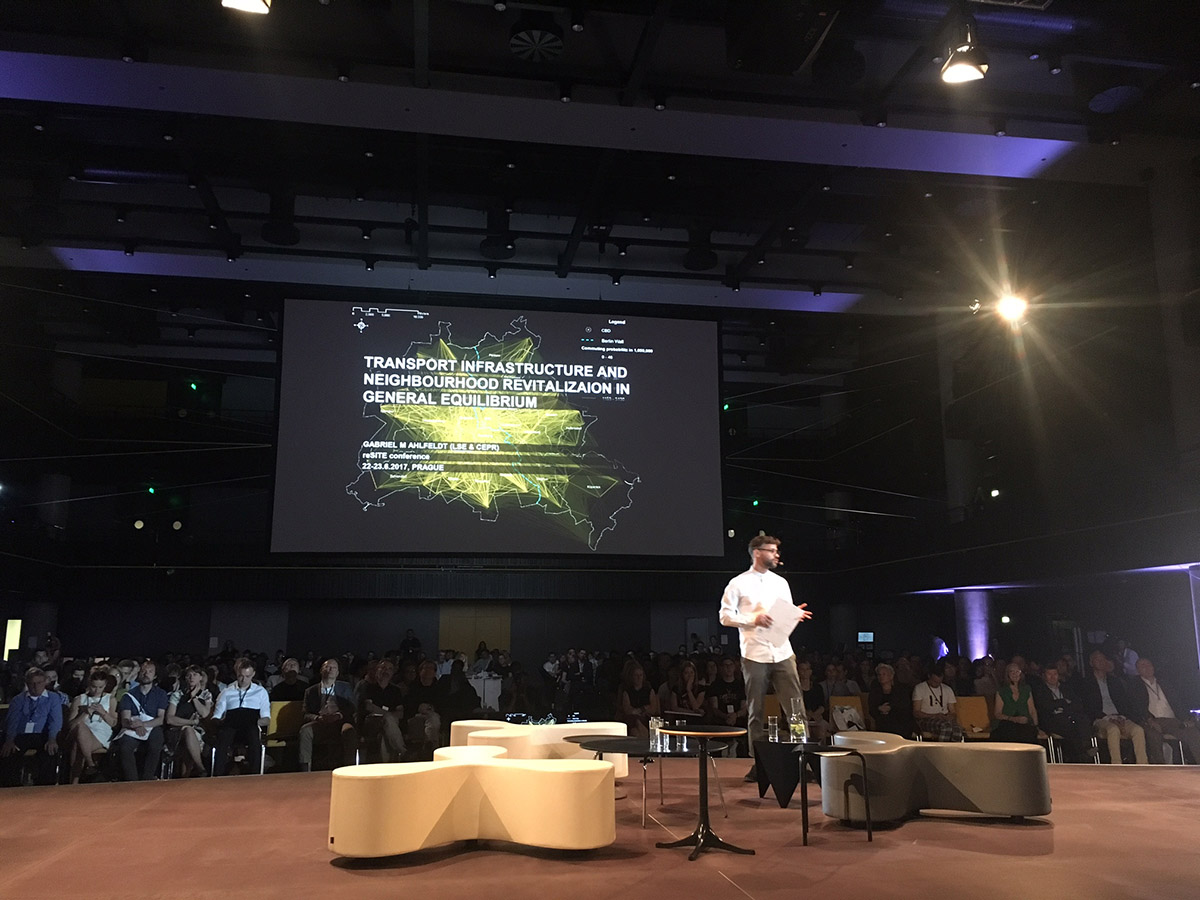
"All cities have different questions in cities and Paris is totally unusual, especially because of migrant cirisis," said Jean Louis-Missika, Deputy Mayor for Urban Planning, Architecture, Greater Paris Projects, Economic Development and Attractiveness, Paris.
"We have problems with density, cleaning of the city, subways etc..and managing these problems in the cities can emerge sometimes short-term solutions, it is a managing problem that you can not adapt with other parties immediately."
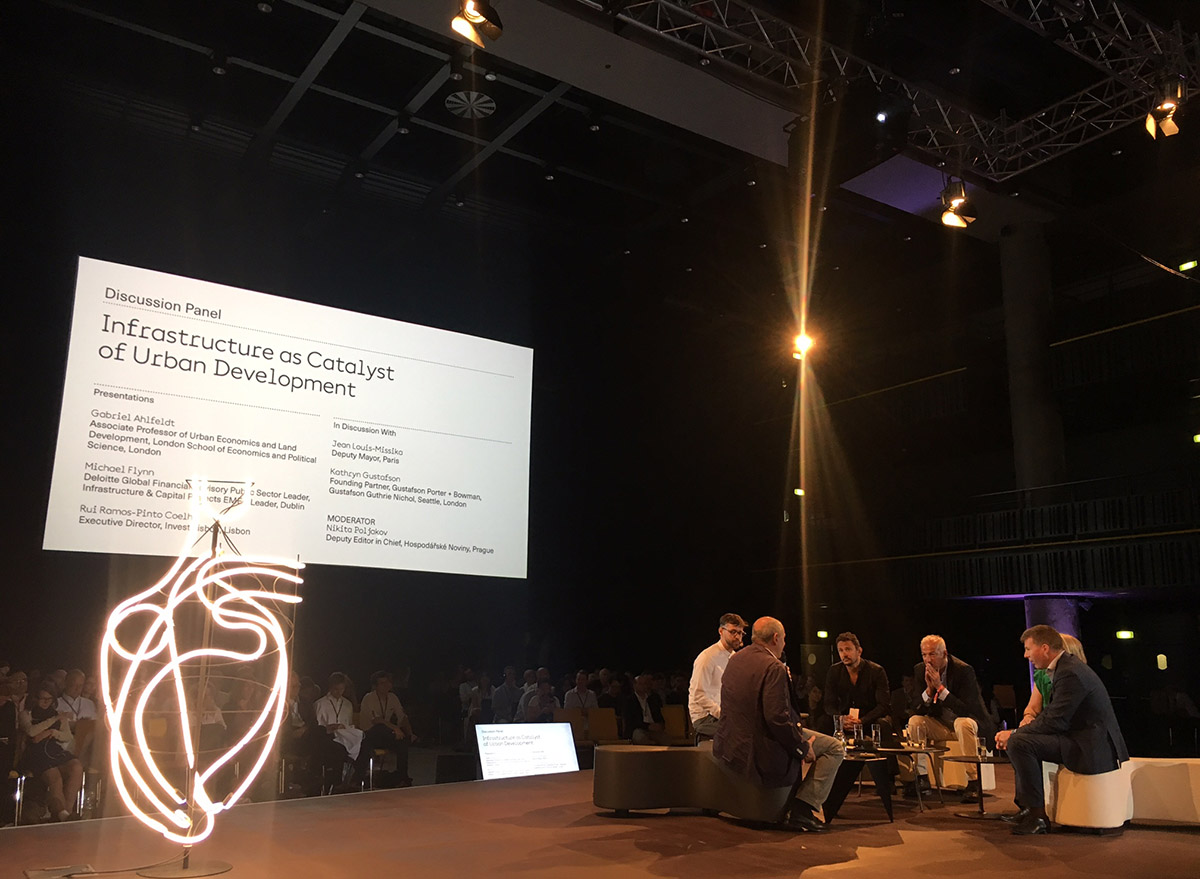
"If you increase density in the cities, then you need to provide new benefits and solutions, you need to replicate positive features," added Gabriel Ahlfeldt, Associate Professor of Urban Economics and Land Develop- ment, London School of Economics and Political Science, London, UK.
"Cities should definitely need to be inventive," added Kathryn Gustafson.
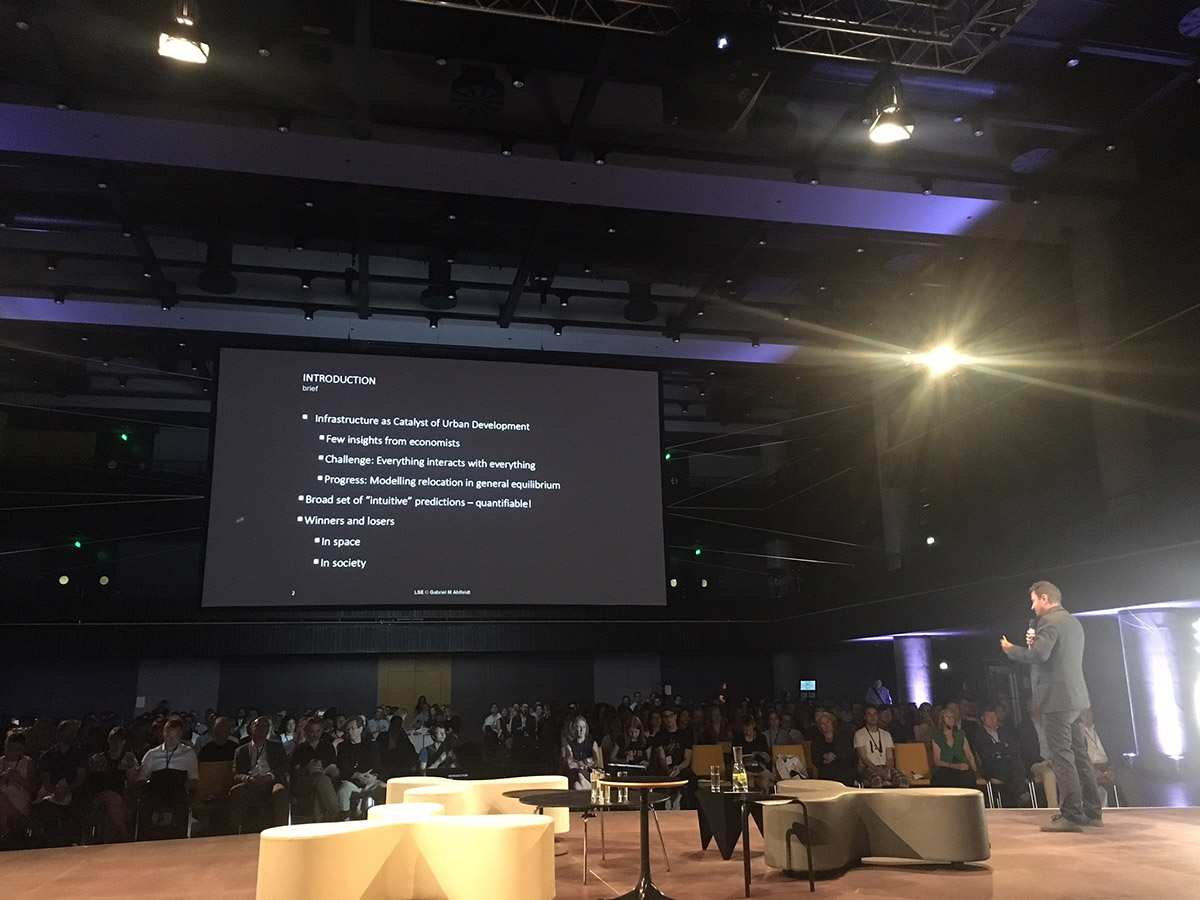
"It is a simple negotiation process. What are the priorities for each party, I mean in public-private partnership?", emphasized Kathryn Gustafson.
"The question is here; do we really need everything in the cities?", said Jean Louis-Missika.
"If we talk about public-private partnership here, they should have global approaches and define the rules of the game", added Louis-Missika.
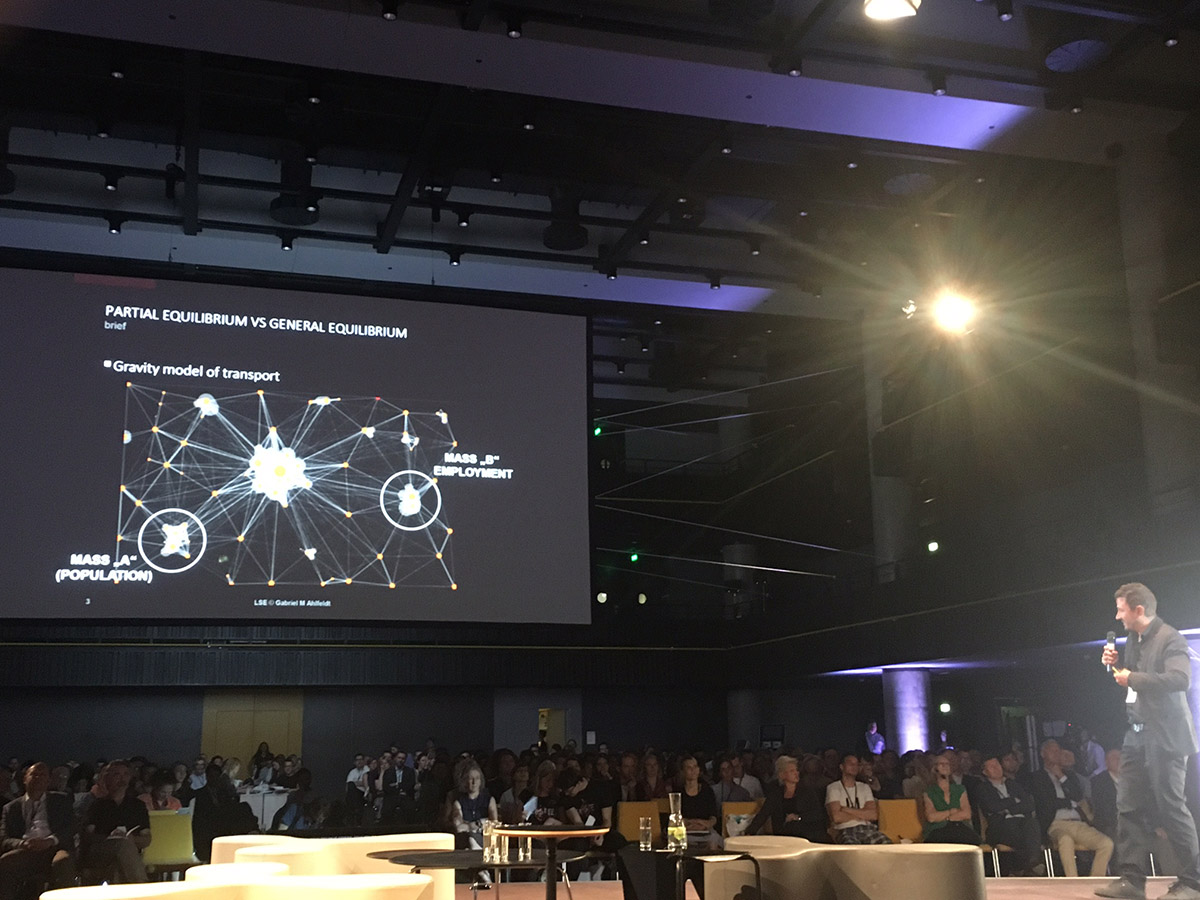
Kathryn Gustafson has also explained her strategic design approaches in the studio projects for the long-term uses.
"If you create an energy, then energy comes back to you. All projects should need to be considered in multiple ways, they need some layered approaches," she concluded.
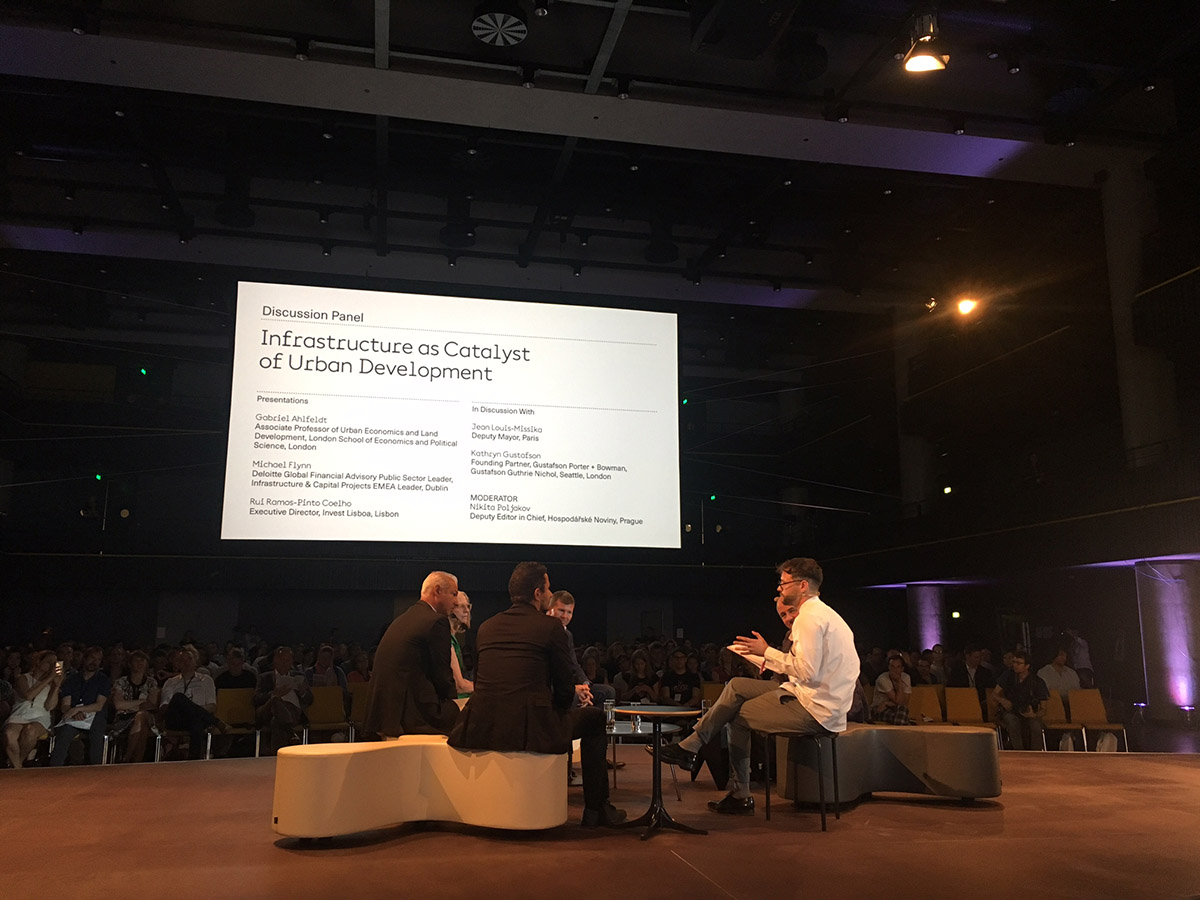
All images © WAC
> via reSITE